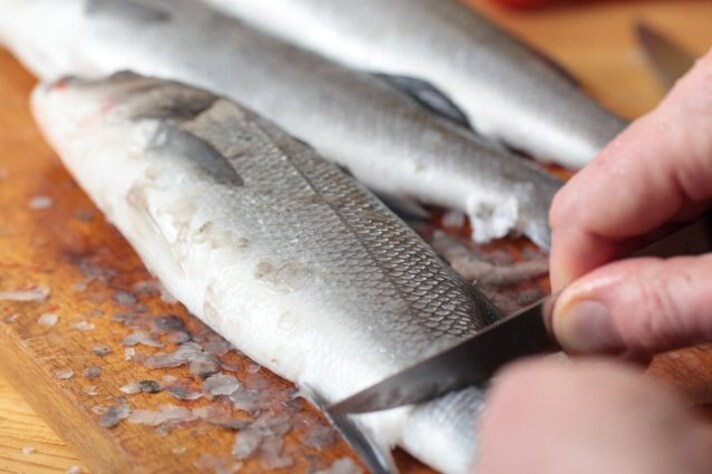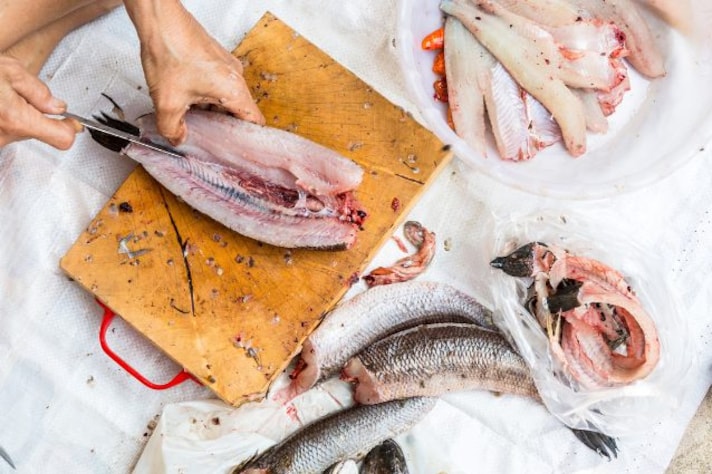
For anyone who enjoys delving into the culinary arts, sooner or later, you’ll encounter a recipe that demands a fresh fish, and with it, the inevitable task of cleaning it. Now, while it’s tempting to let the fishmonger handle the dirty work (and trust me, they’ll happily charge you for it), there’s something incredibly satisfying—and cost-effective—about doing it yourself. Plus, when you take on the task, you’re ensuring it’s done to your exacting standards, leaving no room for fishy business.
Why Is It Important to Clean a Fish Before Cooking?
Cleaning a fish isn’t just a matter of hygiene—it’s a vital part of prepping your catch for the best possible flavor and texture. When you clean a fish, you’re removing scales, guts, and any other inedible or unpleasant parts that can spoil the taste and presentation of your dish. Leaving the fish uncleaned can result in off-putting flavors, a less-than-appetizing appearance, and even a gritty texture thanks to those pesky scales. In short, a properly cleaned fish is the foundation of a great meal, ensuring that the star of your dish shines just as brightly as it should.

Tools You’ll Need for Cleaning a Fish
Before you dive in—hopefully not literally—it’s important to have the right tools on hand. Cleaning a fish is much easier and more efficient when you’re equipped with the essentials. First and foremost, you’ll need a sharp filleting knife; the sharper, the better, as a dull blade can make the process more difficult and dangerous. A pair of fish tweezers or pliers is also crucial for removing those stubborn pin bones. You’ll want a cutting board that’s large enough to handle the fish comfortably, preferably one that’s non-slip and easy to clean. A fish scaler is handy, but in a pinch, the back of a knife can do the trick. Lastly, keep a bowl or bag nearby for the guts and other waste—you don’t want to be scrambling for a place to put them mid-clean!
Step-by-Step Guide to Cleaning a Fish
Now that you’re equipped and ready, it’s time to tackle the fish. Follow these steps to ensure your fish is ready for cooking:
- Hold the fish by the tail and use the fish scaler or the back of your knife to scrape the scales off. Work from tail to head, making sure to remove all the scales, even around the fins. Rinse the fish to wash away any loose scales.
- Lay the fish on its side on the cutting board. Insert your knife into the belly of the fish, just behind the gills, and make a shallow cut down to the tail. Be careful not to puncture the intestines as you go.
- Open the fish along the cut and gently pull out the guts with your fingers or a spoon. Make sure to remove everything inside, including the dark kidney along the spine.
- Use your knife to trim off the fins. You can leave the head and tail on if your recipe calls for it, or remove them now if you prefer.
- Give the fish a good rinse under cold water to remove any remaining blood or guts. Pat it dry with paper towels, and your fish is ready to be cooked.

Common Questions and Additional Tips
One of the most frequently asked questions when it comes to cleaning fish is whether or not to remove the head. The answer largely depends on personal preference and the recipe you’re following. Some dishes, particularly those with a whole fish presentation, benefit from leaving the head on, as it can add to the visual appeal and flavor. However, if the sight of a fish head staring back at you isn’t your thing, feel free to remove it.
A few additional tips: always work on a clean, non-slip surface to avoid accidents. Keep your knives sharp—dull knives can slip and cause injuries. And finally, if you’re planning to fillet the fish, make sure to use a fillet knife with a flexible blade, as it will allow you to glide easily along the bones and remove the fillets cleanly.
;Resize,width=767;)
